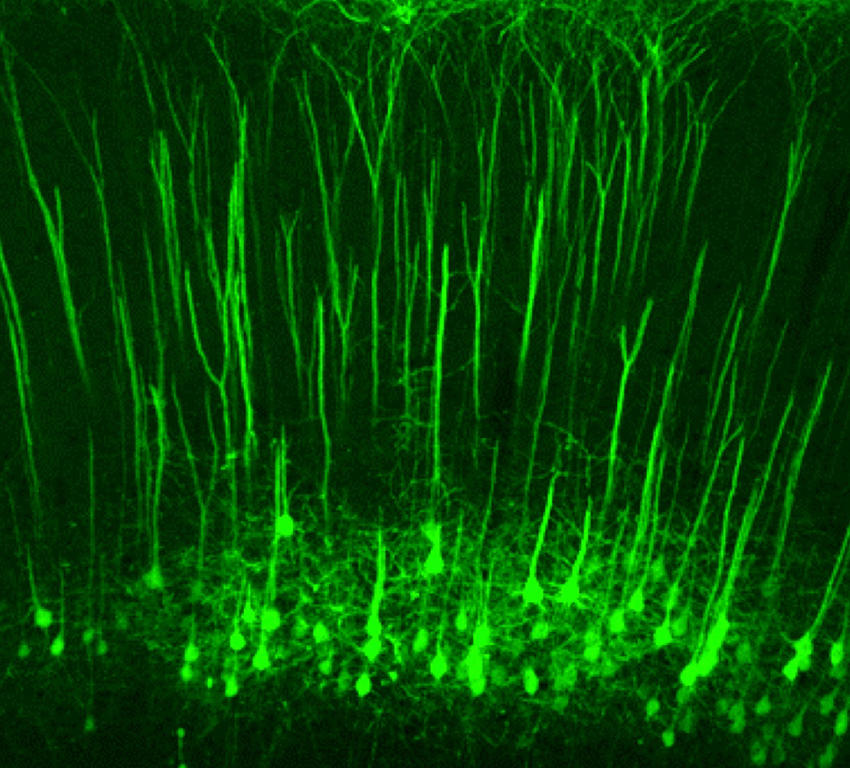HSCI scientists identify a potential target for treating neuropathic pain

Why do people with neuropathic pain feel pain from minor touches and other normally harmless stimuli?
Setting out to answer this question, Harvard Stem Cell Institute (HSCI) scientists Clifford Woolf and Zhigang He have identified a type of neuron in the brain that is responsible for exaggerating pain and could be targeted therapeutically.
Woolf is the co-leader of HSCI’s Nervous System Diseases Program and He is a Principal Faculty member of HSCI.
Their findings are published in Nature.
From a Harvard Medical School (HMS) news story about the study:
“We know that mental activities of the higher brain — cognition, memory, fear, anxiety — can cause you to feel more or less pain,” said Clifford Woolf, professor of neurology and neurobiology at Harvard Medical School and director of the F.M. Kirby Neurobiology Center at Boston Children’s Hospital. “Now we’ve confirmed a physiological pathway that may be responsible for the extent of the pain.”
“We have identified a volume control in the brain for pain,” he said. “Now we need to learn how to switch it off.”
The study demonstrates that a small group of neurons that originate in the brain’s somatosensory cortex can influence sensitivity to touch and, in a neuropathic pain model, amplify pain sensation. These cortical neurons send projections to the spinal cord’s dorsal horns, which receive touch information from the body.
“The anatomy of this circuit has been known for some time,” said Zhigang He, HMS professor of neurology at Boston Children’s and co-senior author on the paper with Woolf and with Kuan Hong Wang of the National Institute of Mental Health. “But no one actually looked at its function before.”
The investigators think the cortical neurons could be targeted to treat the tactile component of neuropathic pain, via drugs or possibly brain electrical stimulation. The goal would be to break the feedback loop that introduces and exaggerates the pain response to normally non-painful touch.
Read more
Liu Y. et al. (2018). Touch and tactile neuropathic pain sensitivity are set by corticospinal projections. Nature. DOI: 10.1038/s41586-018-0515-2
HMS News (2018). A ‘Volume Control’ for Pain.
